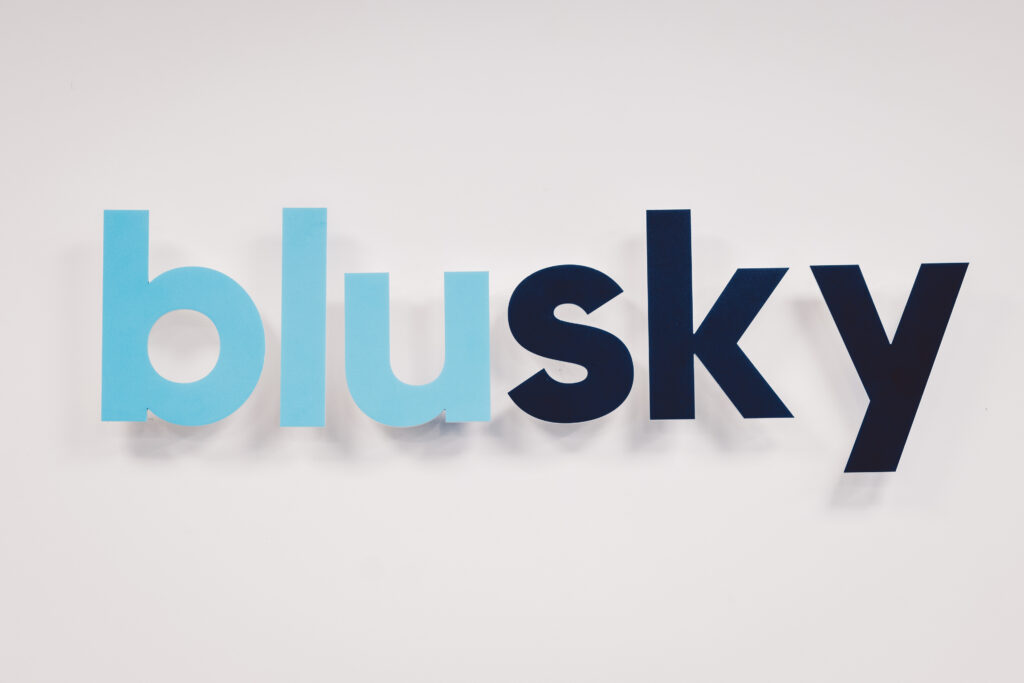A bit of a caveat here. This is based on what we know today, and indeed some examples are lifted from HMRC, but we’re living through changes on the processes on an almost daily basis so some of this may also change. If so we’ll publish updated examples.
The following applies assuming the employee in question goes on furlough from early March. We’re writing this from the employers point of view, not the employee. Remember:
- If on furlough the employee can do no work for you – HMRC have the right to check
- A furlough period must last for at least three weeks
- There’s a reclaim limit based on £2,500 per month (plus employers NI plus pension contribution).
- If there is no lay-off pay clause in the contract you must get the employees permission to put them on furlough – take professional HR advice (thanks jayne.hart@hrdept.co.uk) if in doubt.
Employee is on a fixed salary
That’s the easy one. From the date of furlough HMRC will repay 80% of the gross salary – up to a maximum of £2,500 per month – plus associated employers NI and employers minimum legal auto-enrolment (AE) contributions. You may top this up to 100% but HMRC will only cover the 80%.
Example one – 80% paid only.
The employee is on a salary of £24,000 a year (£2,000 a month).
You run a normal pay-run, but at 80%, £1,600 gross for the month.
CJRS will cover the £1,600, plus the employers NI of £111, plus the employers AE contribution of £32.
The actual cost to you, the employer, is nil, the value cost is the time to administer, plus some cashflow delay between payment and receipt. We hope that once the scheme is up and running this is minimal.
Example two – top up to 100%.
You run a normal pay-run, £2,000 gross for the month.
CJRS will cover the £1,600, plus the employers NI of £111, plus the employers AE contribution of £32 (3% above the monthly lower limit of £520).
The costs to you is £400 (the 20%) plus £55 employers NI (£166 on the £2,000, less the £111 refunded) plus £12 AE (£44 less the £32 refunded), a total cost of £467 to retain the employees income as it was.
Employee is on a fixed salary plus bonus and/or benefits
All as above, plus the cost of any benefits if you continue them. Benefits such as car allowances, bonuses, medical insurances are not covered by CJRS. Beware though, are the benefits in their contract of employment? Take advice….
The employee is on a fixed salary but only joined three months ago
That’s fine, it’s based on your February pay. As above.
The employee is on a fixed salary, and had a pay increase on March 1st
Sorry, it’s based on the actual salary as at February 28th. Why, commercially, would you give someone a pay increase if you don’t need them to work?
The employee is on variable (or hourly variable) salary
This is where we start getting calculations together.
Weekly or monthly, you can use one of two figures as a basis:
- The same periods earnings from the previous year or
- The average period earnings from 2019/20.
This we believe is regardless as to whether there is a variable hours contract or a zero hours contract.
Depending on the records you currently keep, you’ll be able to calculate the average from the 19/20 P60 which (for Blu Sky clients, if we run payroll, you’ll have these within the next fortnight).
If the employee has been with you for less than a year, you can only use the averaging method.
If the employee started in March, they are not entitled to anything.
The employee is on National Minimum Wage (NMW)
It’s still fine to only pay the 80%. NMW only applies for the hours they are working, and of course on furlough they are not working. IF however they (for example) do some training, they must be paid the NMW for the time spent training. Although the NMW increases, the 80% relates to 2019/20 so the new rate doesn’t apply to those on furlough.


